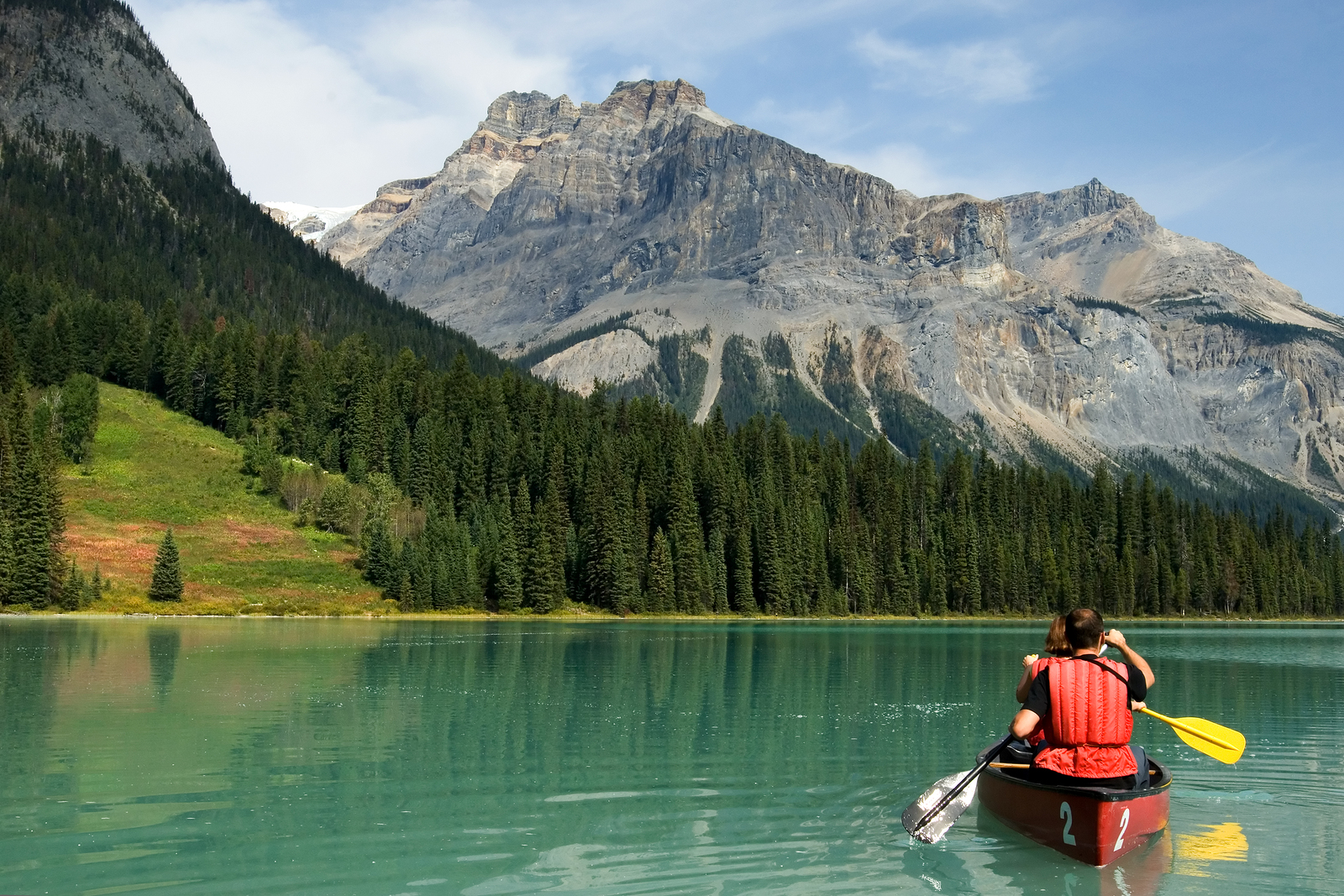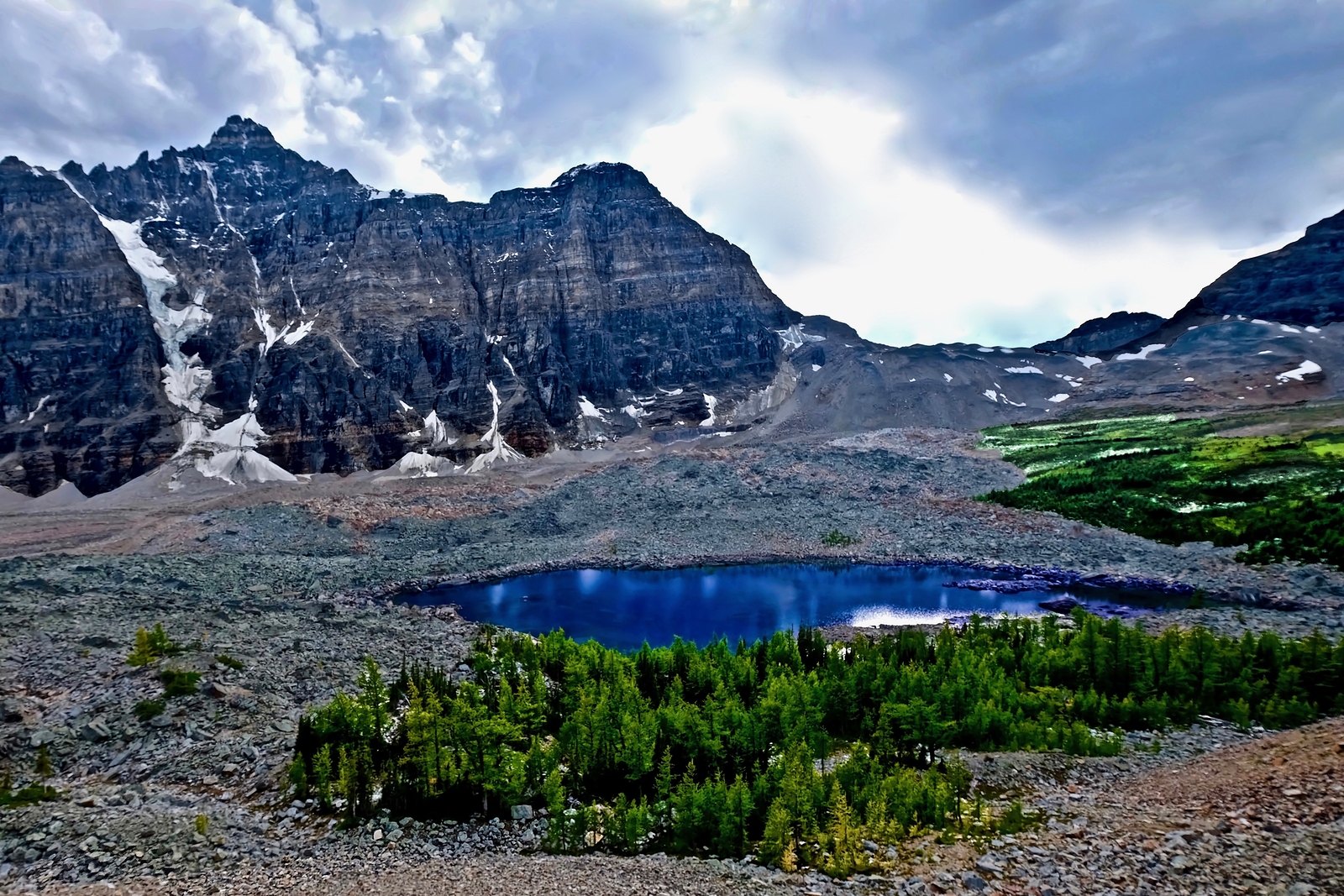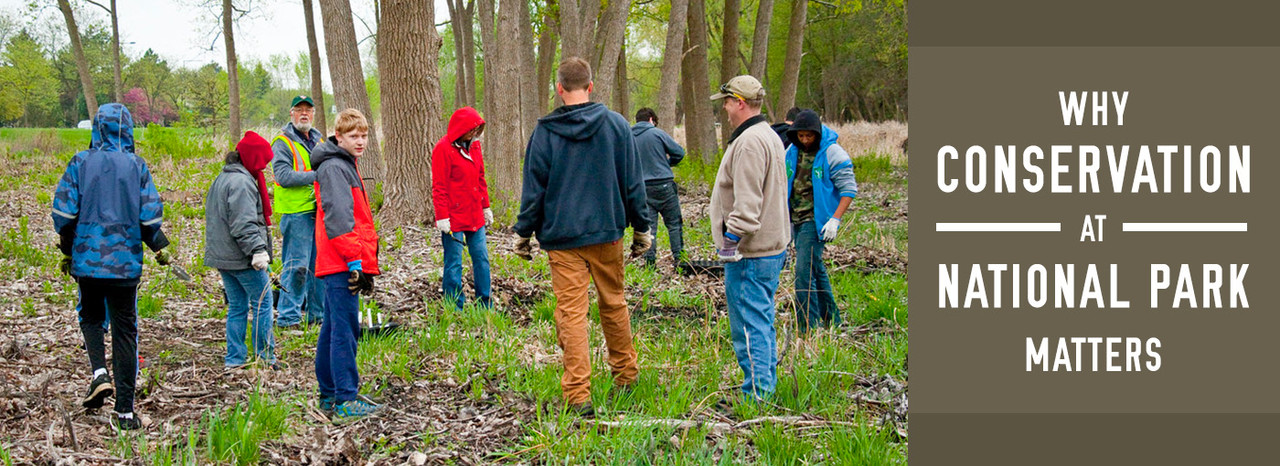The United States is resplendent with over 85 million acres of national parkland across all its states and territories. The established purpose of our national park system is to protect important natural lands and landmarks from private settlement, use, or sale. These lands are under the control of the Department of the Interior, who then manages and maintains all of the land and its resources.
National parks are not just where some of the most breathtaking natural landmarks in the world are located, but they are also important hubs of biodiversity. Our national parks are home to important flora and fauna that keep ecosystems in balance. The protection of national parkland is not only the job of the United States Department of the Interior, but it is also the personal responsibility of everyone who attends, enjoys or benefits from the national park system.
The conservation of national parks is a highly politicized concern in the era of climate change. In a world where unsustainable environmental practices run rampant, unfortunately, national parkland is no stranger to exploitation. National park stability and integrity have been threatened historically, and are still at risk today. This post will discuss why conservation of national parks is important, and what the average person can do to help keep our parkland robust and healthy for generations to come.
The Conservation of National Parks Is the Conservation of Natural Resources

National parks have considerable ecological value. Park ecosystems protect and maintain earth’s natural biodiversity, contributing to the health and wellbeing of all living things. National park ecosystems offer food security, clean water sources, and natural carbon sequestration. The biodiversity of national parks also helps prevent soil erosion, and encourage resistance to disease and natural disasters of all kinds.
National parks are also important sources of information for the historical record. Yellowstone National Park was the first national park, established in 1872, but there is evidence that humans have inhabited the area for more than 11,000 years. The Grand Canyon was also home to many indigenous tribes long before 1540, when Spanish conquistadors arrived to gaze upon some of the oldest exposed rock on earth.
In addition to historical treasures, national parks are caches of the world’s greatest natural treasures. The outskirts of Grand Canyon National Park is host to uranium deposits. The gold-rich land around Yellowstone National Park was recently protected from new mining with a 20-year ban. Death Valley National Park was heavily mined for borax until the final mine closed in 2005. Mineral exploration recently received the green light in the Boundary Waters Canoe Area Wilderness of Minnesota, an area rich in copper, nickel, and other precious metals. The total value of the resources in the parks is inestimable, but parks tourism alone generated $35.8 billion for the U.S. economy in 2017.
What Can Be Done to Promote the Conservation of National Parks
An obvious way to conserve national parks is to prevent commercial exploitation of their resources. The Delaware Water Gap National Recreation Area in Pennsylvania is vulnerable to hydraulic fracturing interests, which would put the local public drinking water quality at risk. Extensive commercial logging historically reshaped the structure and composition of the Voyageurs National Park forests in the late 19th century. There are twelve national parks with active oil and gas wells. Another 28 parks could potentially be drilling sites in the future. National land requires protection from the damaging effects of unchecked use and free enterprise.
Another threat to the health and longevity of our national parkland is climate change. The eponymous glaciers of Glacier National Park in Montana are melting and expected to disappear by 2030, which will trigger mass insect die-offs and forest death in the area. Crater Lake National Park in Oregon suffered a recent decline in tourism due to forest fires, a consequence of climate warming. Effectively tackling climate change requires limiting our energy consumption, exploring alternatives to fossil fuels, and combating the disinformationefforts of special interestgroups who benefit from a society that is apathetic to nature conservation.
The most logical way for an individual patronizing a national park to participate in the conservation of national parks is to be mindful of their waste. In 2017, the National Park Service handled almost 70 million pounds of waste. That is a staggering amount of waste for what are essentially rural areas to process and manage. According to a survey conducted by Subaru of America, in conjunction with the National Parks Conservation Association, 59 percent of Americans are “unaware of the waste management challenges facing national parks.” The same survey generated a list of tips for park attendees to reduce their waste footprint, which includes using electronic maps instead of paper ones, having reusable containers for water and coffee, not using plastic bags and taking your trash home with you. Making a difference is as simple as changing a few habits the next time you and your family hike, camp, or visit any one of the 58 U.S. national parks.
Some waste is unavoidable, however. Trashcans Unlimited understands that effective, high-quality disposal solutions play an important role in the conservation of national parks. Clean, easy-to-empty, and utilitarian, our park trash cans help keep the outdoors neat and tidy.

